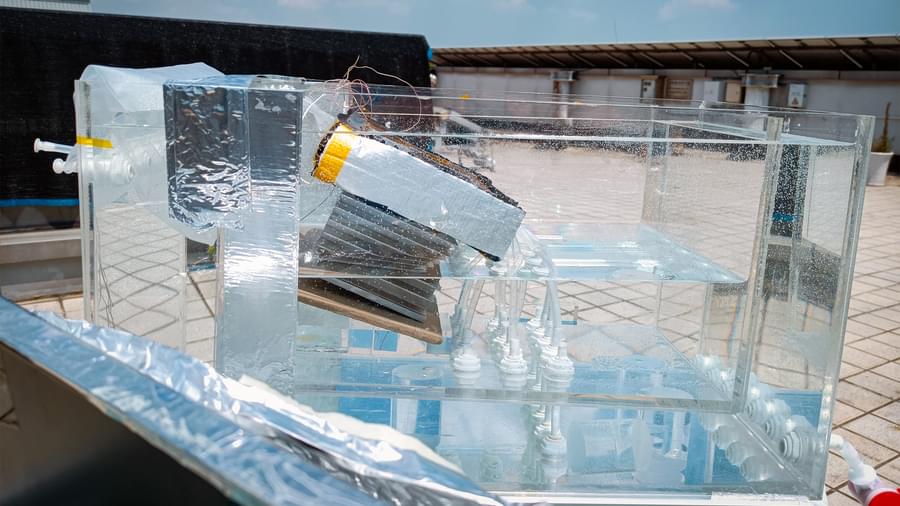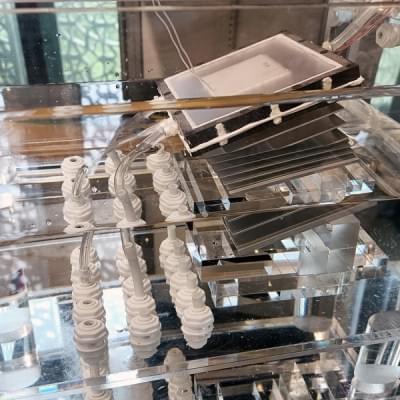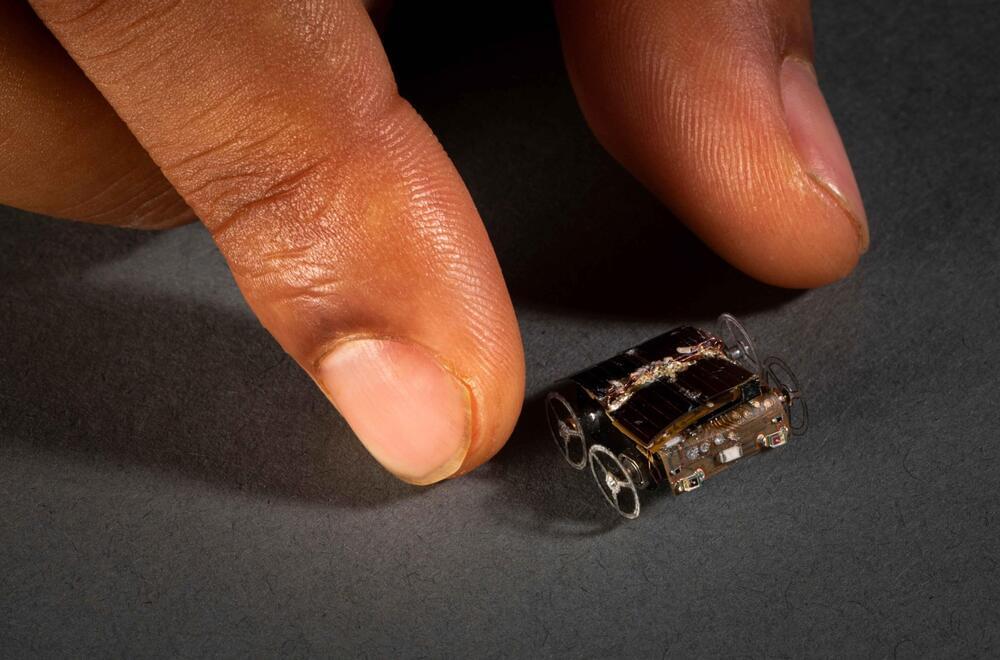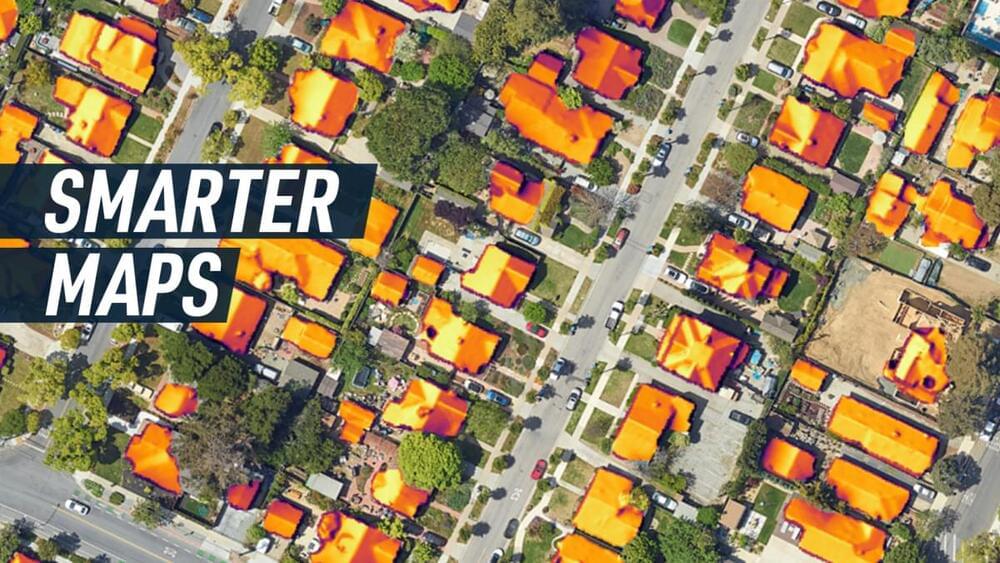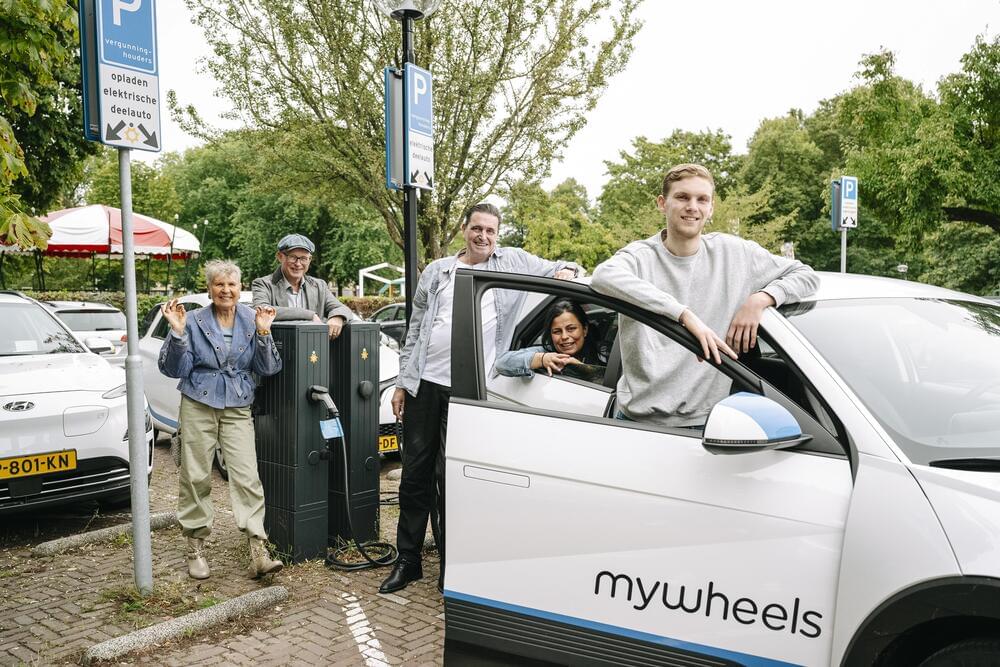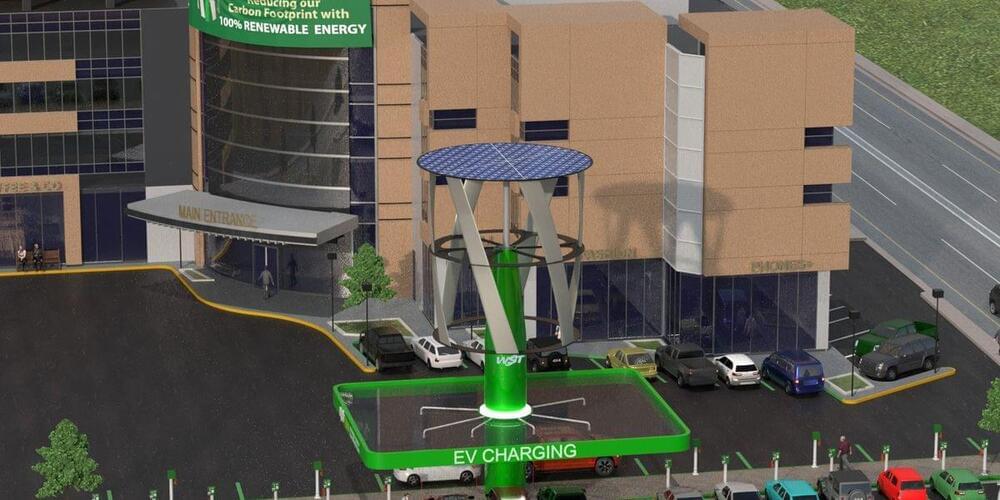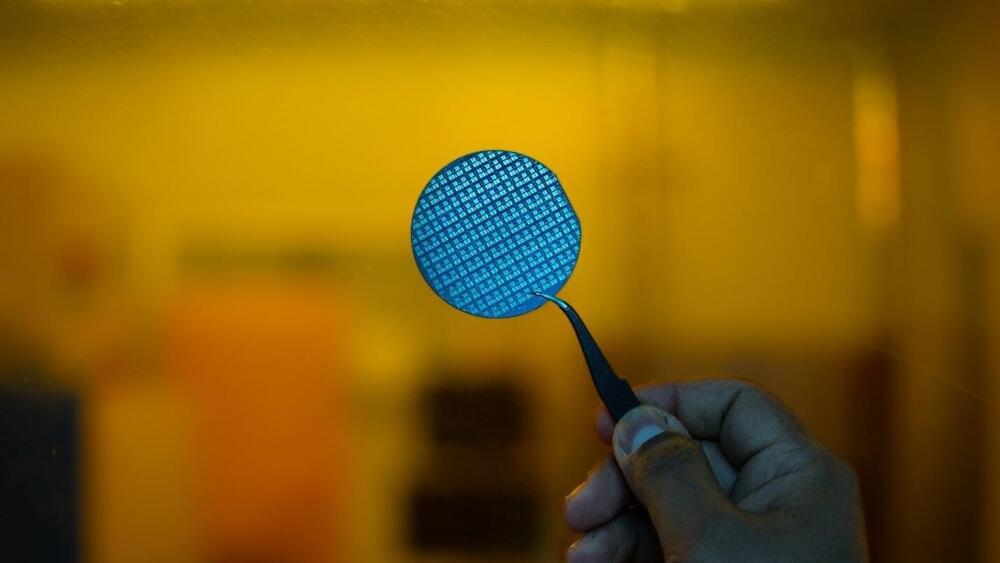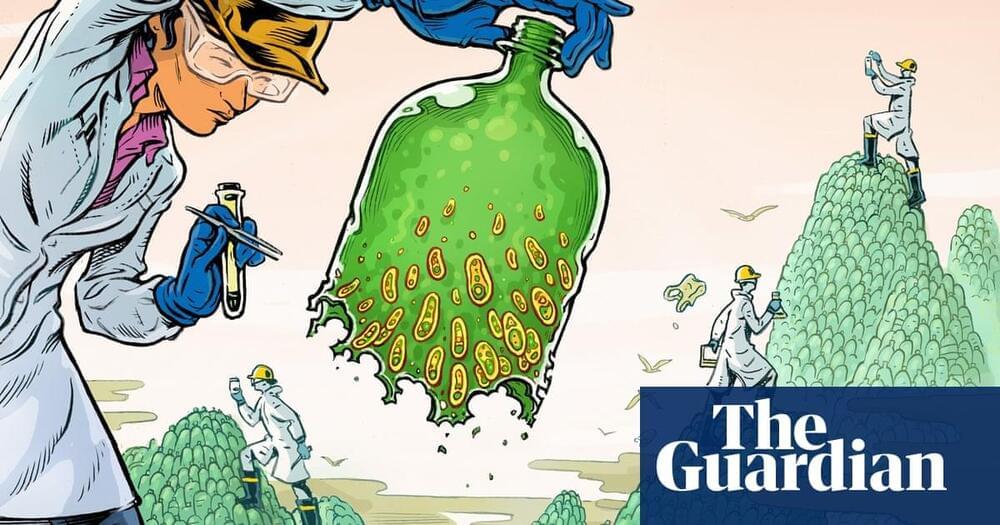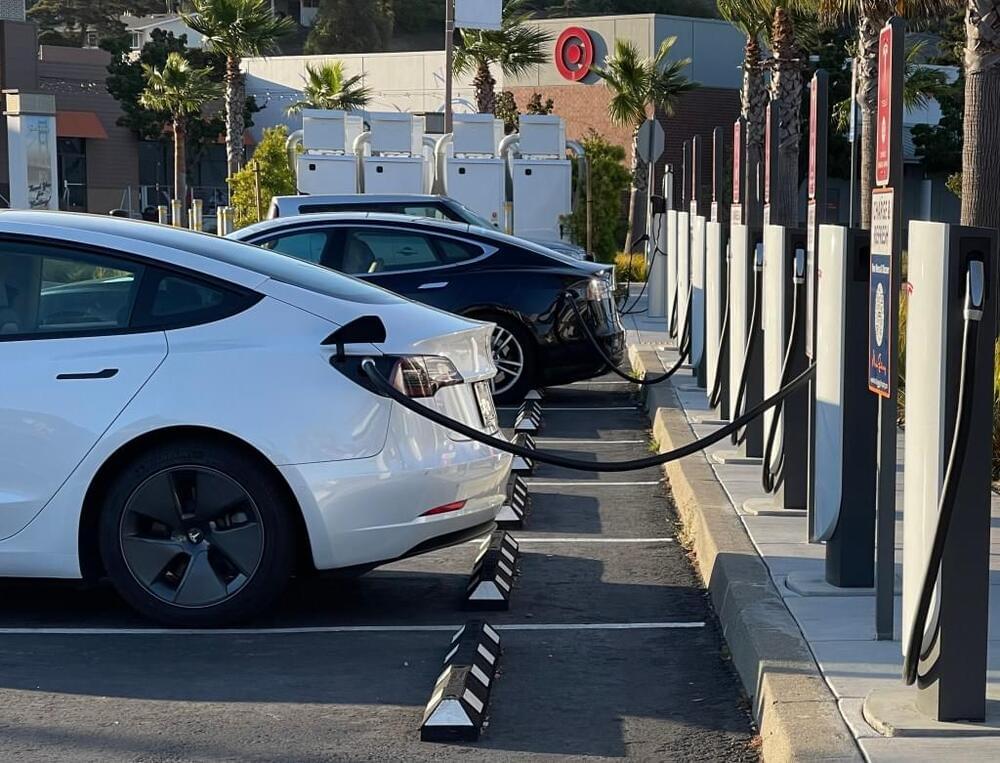Oct 4, 2023
Passive Desalination Discovers How To Avoid Salt-Clogging
Posted by Shailesh Prasad in category: sustainability
Saltwater is plentiful, but no good for drinking. Desalinization is the obvious solution, but a big problem isn’t taking the salt out, it’s where all that leftover salt goes. Excess salt accumulates, crystallizes, collects, and clogs a system. Dealing with this means maintenance, which means higher costs, which ultimately limits scalability.
The good news is that engineers at MIT and in China have succeeded in creating a desalination system that avoids this problem by intrinsically flushing accumulated salt as it is created, keeping the system clean. And what’s more, the whole thing is both scalable and entirely passive. The required energy all comes from gravity and the sun’s heat.
Continue reading “Passive Desalination Discovers How To Avoid Salt-Clogging” »
